I am learning verilog-A to model analog circuits. One of the examples given in the book is that of a voltage-controlled oscillator (VCO).
The book says the following about how the VCO can be modelled (see image).
I am a little bit confused over why they decided to integrate the frequency and not just use something like:
$$ f_{\text{out}} = f_{\min} + \left( \frac{f_{\max} - f_{\min}}{v_{\max} - v_{\min}} \right) (v_{\text{in}} - v_{\min})$$
$$ v_{\text{out}} = A \cdot \sin (\theta) = A \cdot \sin (2 \pi \cdot f_{\text{out}} \cdot t + \varphi) $$
module vco0 (out, in);
input in; voltage in; // input terminal
output out; voltage out; // output terminal
parameter real vmin=0; // input voltage that corresponds to minimum output frequency
parameter real vmax=vmin+1 from (vmin:inf); // input voltage that corresponds to maximum output frequency
parameter real fmin=1 from (0:inf); // minimum output frequency
parameter real fmax=2*fmin from (fmin:inf); // maximum output frequency
parameter real va=1; // amplitude
real freq, phase;
integer n;
analog begin
// compute the freq from the input voltage
freq = (V(in) - vmin)*(fmax - fmin) / (vmax - vmin) + fmin;
// bound the frequency (this is optional)
if (freq > fmax) freq = fmax;
if (freq < fmin) freq = fmin;
// bound the time step to assure no cycles are skipped
$bound_step(0.2/freq);
// phase is the integral of the freq modulo 2 pi
phase = 2*`M_PI*idtmod(freq, 0.0, 1.0, -0.5);
V(out) <+ va*sin(phase);
end
endmodule
